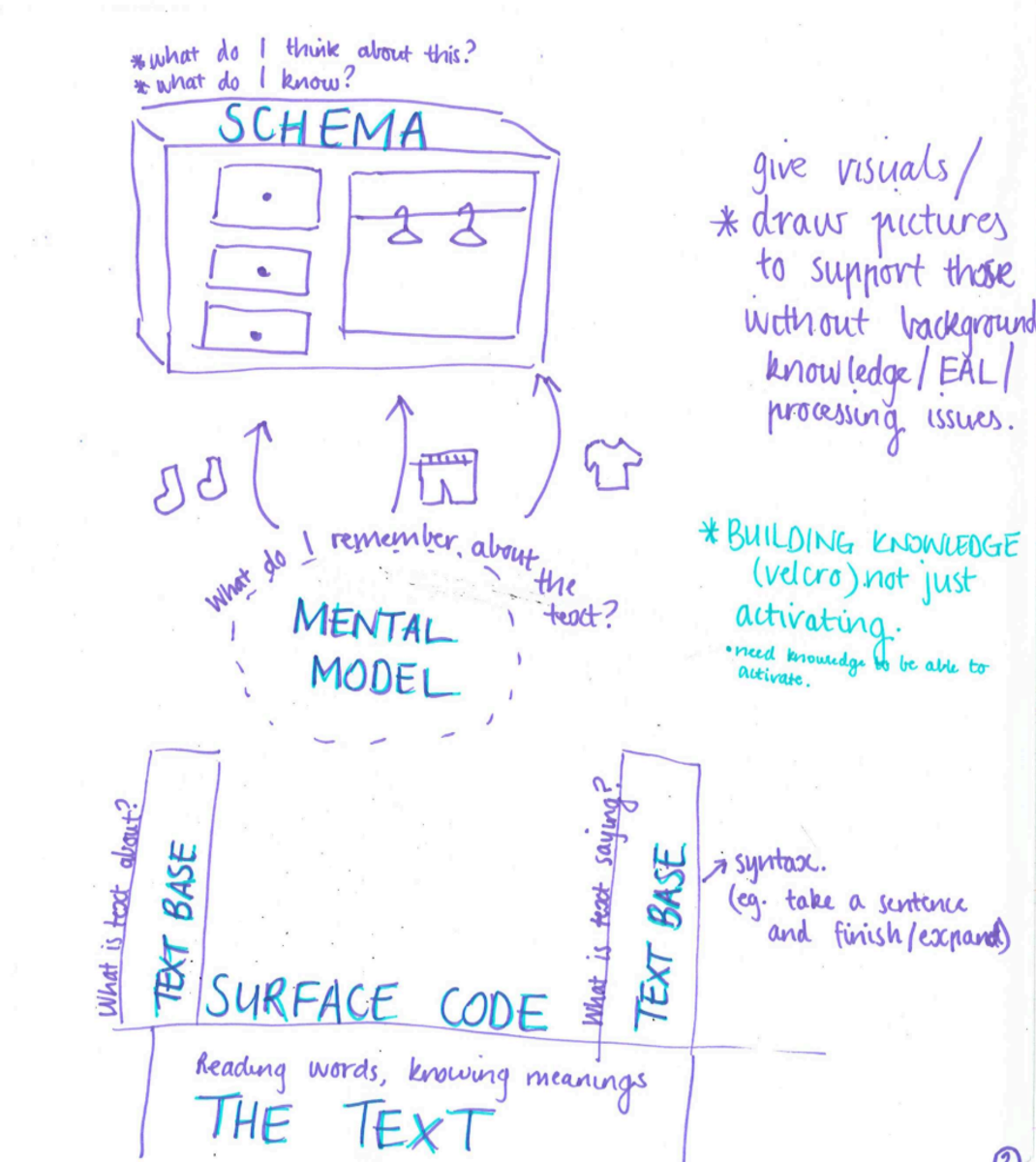MACS Flourishing Learners - Vision for Instruction

Lifting Literacy: Building Stronger Readers Through Research and Responsive Teaching
On Friday 23rd May, our teaching staff took part in an exciting professional development day with Dr Nathaniel Swain, one of Australia’s leading voices in educational research and evidence-based teaching. Dr Swain challenged and inspired us to ensure every child receives high-quality, adaptive instruction—especially in the area of reading comprehension.
The day centred on how great teaching helps students become stronger readers and thinkers. Dr Swain reminded us that reading is more than decoding words—it’s about making meaning, and that to do this well, students need more than just strategies; they need knowledge. This was explored through the powerful Tripartite Model of Text Representation, developed by Van Dijk and Kintsch. The model outlines three critical levels of comprehension that strong readers build while reading:
The Three Layers of Reading Comprehension
- Text Surface (The Words on the Page): This is the literal text—what the words and sentences say. For example, “The cat sat on the mat.” This level involves recognising words, understanding vocabulary, and using phonics and decoding skills. It's the starting point of reading.
- Textbase (What the Text Means): At this level, students go beyond the words to understand basic ideas. “The cat is an animal. It is sitting. The mat is an object.” Students build meaning from sentence structures and ideas, even if the words are changed. Teachers support this with grammar, syntax, and expanding sentence-level understanding.
- Situation Model (The Big Picture): This is where true comprehension lives. Students combine what they’ve read with what they already know to build a mental model. In our example, the reader might visualise the cat stretching or hear it purring, based on prior knowledge. This level includes inference, imagery, and memory building—and it's what helps readers deeply understand and retain what they read.
Why Knowledge Matters
Dr Swain emphasised that we’re not just trying to activate students’ background knowledge—we’re trying to build it. Knowledge is like Velcro: it helps new learning stick. When students lack background knowledge, they struggle to make sense of even simple texts. That’s why our literacy instruction must do more than teach strategies—it must also teach content, concepts, and language explicitly and systematically.
Across all year levels, we’re building reading lessons that ensure students don’t just decode the text—they deeply understand it. We're doing this by:
- Embedding vocabulary instruction with meaning, usage, and repetition.
- Supporting sentence comprehension through structured syntax work.
- Using rich texts to expand students' understanding of the world.
- Checking for understanding constantly during lessons.
- Modelling how to build mental models and make inferences.
What Great Teaching Looks Like
We also revisited the difference between Mode A and Mode B teaching:
Mode A 80%
| Mode B 20%
|
- Mode A involves direct, explicit instruction—teachers explain, model, guide practice, and check for understanding. This is essential for helping students build the knowledge and language they need to succeed.
- Mode B includes hands-on exploration, creativity, and open-ended tasks. While important, it must be grounded in Mode A teaching first.
In reading lessons, this means teachers first build the foundation—teaching vocabulary, explaining sentence structures, guiding students through a text—before moving into discussion, projects, or independent tasks.
Reading Instruction That Works for All
Dr Swain’s session also tackled misconceptions about group work and differentiation. Pulling students out for small group work can sometimes deny them access to rich, grade-level learning. Instead, adaptive and responsive teaching within the whole class—with built-in scaffolds and varied challenge levels—is both more equitable and more effective.
We explored:
- Using the “Mild, Medium, Spicy” approach to tasks, so all students can access core ideas and be challenged appropriately.
- Checking for understanding using TAPPLE (Teach, Ask, Pause, Pick, Listen, Effective Feedback), to ensure every child is engaged and learning.
- Building a classroom culture of error, where mistakes are expected, normalised, and used as learning opportunities.
In Summary
This professional learning day reviewed Strengthening Reading Through High-Impact Practice and Team Collaboration and reinforced and refined our school’s approach to reading: knowledge-rich, explicitly taught, and designed with every student in mind. We’re building readers who don’t just sound out words—they build meaning, develop knowledge, and become confident, independent thinkers.
We are proud to be aligning our literacy practices with the latest research on how comprehension develops and how to ensure every classroom meets the needs of all learners. Thank you for your continued support as we work together to give your children the best education possible.


